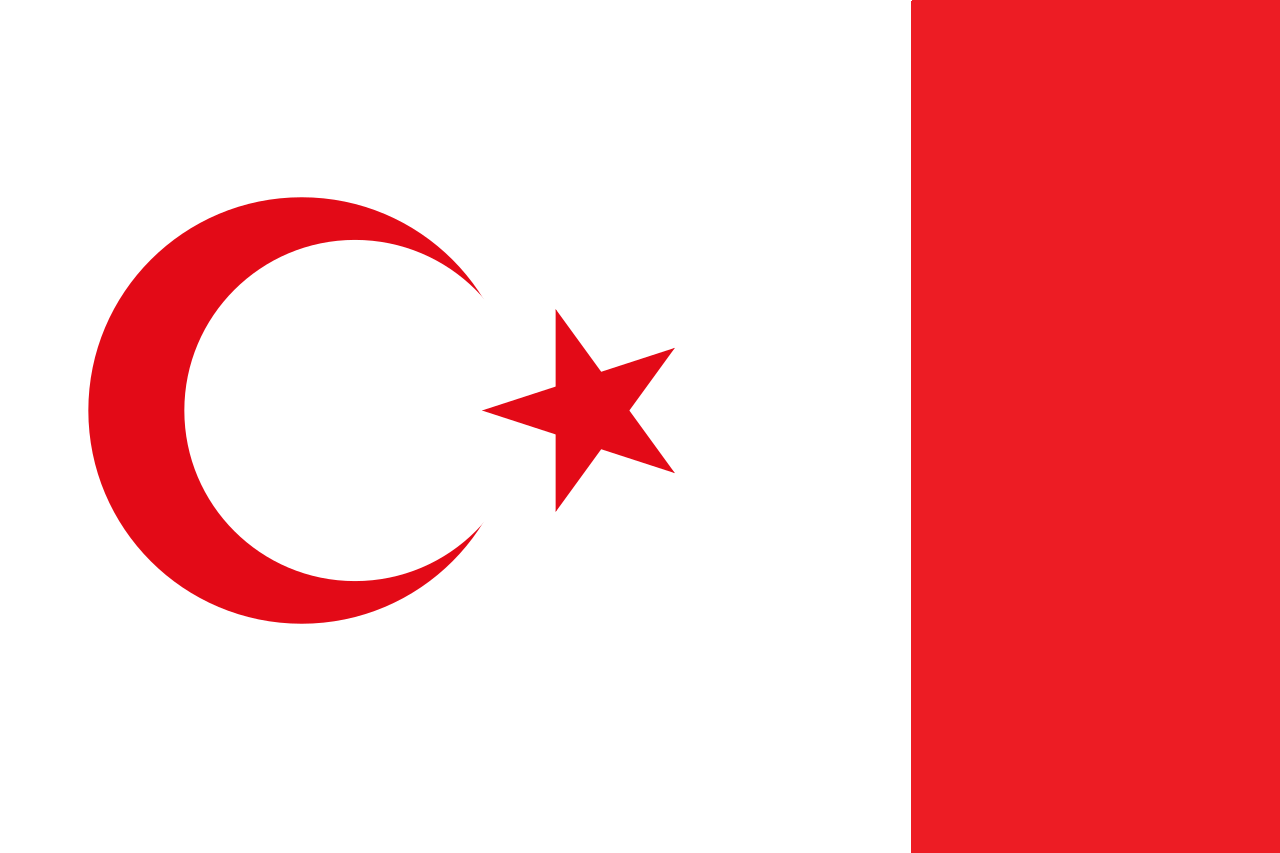The Byzantine Empire
For the Byzantine Empire the Turkish war of 1816 was a turning point for them; before the war they were considered a puppet state of the Russian Empire with a child Emperor on the throne in Athens (even if Constantine XII came into his own back in 1797). However, after the treaty of Windsor left Byzantium once more controlling a fully restored Constantinople along with much of Western Anatolia, resulting in a war that Regent Bobrinsky and Czar Micheal II had advised his Constantine XII against taking part in it was clear that Byzantium was at least a respected regional power in the Eastern Mediterranean. To the British and their Italian Allies it was noted that Constantine XII’s wife was a member of the French Royal Family.
Following the war the biggest Issue that The Byzantine government would have to deal with was the payment of the treaty mandated 1.5 million pounds this amount translated into 10.2 million Byzantine silver stavratas going to the Ottoman Empire to facilitate the resettlement of the Turks from Western Anatolia and any Christians who wished to move from Eastern Anatolia to the west. This drain of money which one Byzantine Senator likened to “A Giant sucking sound going from the treasury across the Aegean Sea.” meant that the Byzantium had to be resourceful with the funds that it did have left available to it.
This funding drain meant that there was no way possible for the Byzantines to match the military build up that Hungary-Croatia was doing on in the 1820’s and 1830’s or to do much to help out its developing industry and middle class. So they got creative with what they did have. The the 1823 Army Reform Act restructured the Imperial Army into a force of 125,000 infantry 25,000 Cavalry and 300 field and Horse artillery batteries. These were split into three Theaters the Black Sea Coast which consisted of Western Anatolia and Thrace, The Hellenistic Theater consisting of Greece, The Aegean Islands Cyprus and Crete, and the Balkans Theater consisting of the Balkans Provinces. This was 1824 Conscription Act which reduced the number of years of conscription from four to two, allowing the army to train two conscription classes in the time it would normally train one. In 1830 Byzantium would strike a deal with the Federal Republic of America to manufacture the M1828 Halls Rifle (the cap lock version of the 1812 Halls breech loading rifle) for internal use. Those along with the reforms of the 1820’s meant that while the Imperial Army of Byzantium was one of the smaller armies in it was a well equipped and well trained force with a large well trained militia force backing it up in the event of a war.
With the Government unable to provide aid and incentives for people to expand the industries of the Empire those men who wanted to build factories, Railroads, Drydocks and Steam ships. Were forced to look abroad for the investment, many would succeed in finding investors mostly from France, Bavaria, Federal Republic of America and Commonwealth of American States. This allowed the Byzantine Empire to experience a moderate rate of Industrial development.The lack of British investors was proof for many in the Byzantine Empire that the British had added the reparations provision in the Treaty of Windsor were a British ploy to keep the Byzantine Empire from returning to its former glory. Heading into the 1840’s the leaders of Byzantium were looking up 1844 would be the last year of reparations to the Turks and then they could plug the Turkish straw from their treasury.
The Byzantine Royal Family (House Romanov)
Konstantin Pavlovich Holstein-Gottorp-Romanov (Constantine XII)-m(9/261796)- Princess Marie Thérèse of France
-Crown Prince Paul Louis Holstein-Gottorp-Romanov (Born 8/4/1797)
-Justinian Eugene Holstein-Gottorp-Romanov (Born 10/1/1798)
-Natasha Maria Holstein-Gottorp-Romanov (Born 7/17/1801)
-Constantine Emanuel Holstein-Gottorp-Romanov (Born 1/7/1803)
-Tabatha Sophia Holstein-Gottorp-Romanov (Born 6/24/1806)
-Kristen Layna Holstein-Gottorp-Romanov (Born 5/1/1810)


























